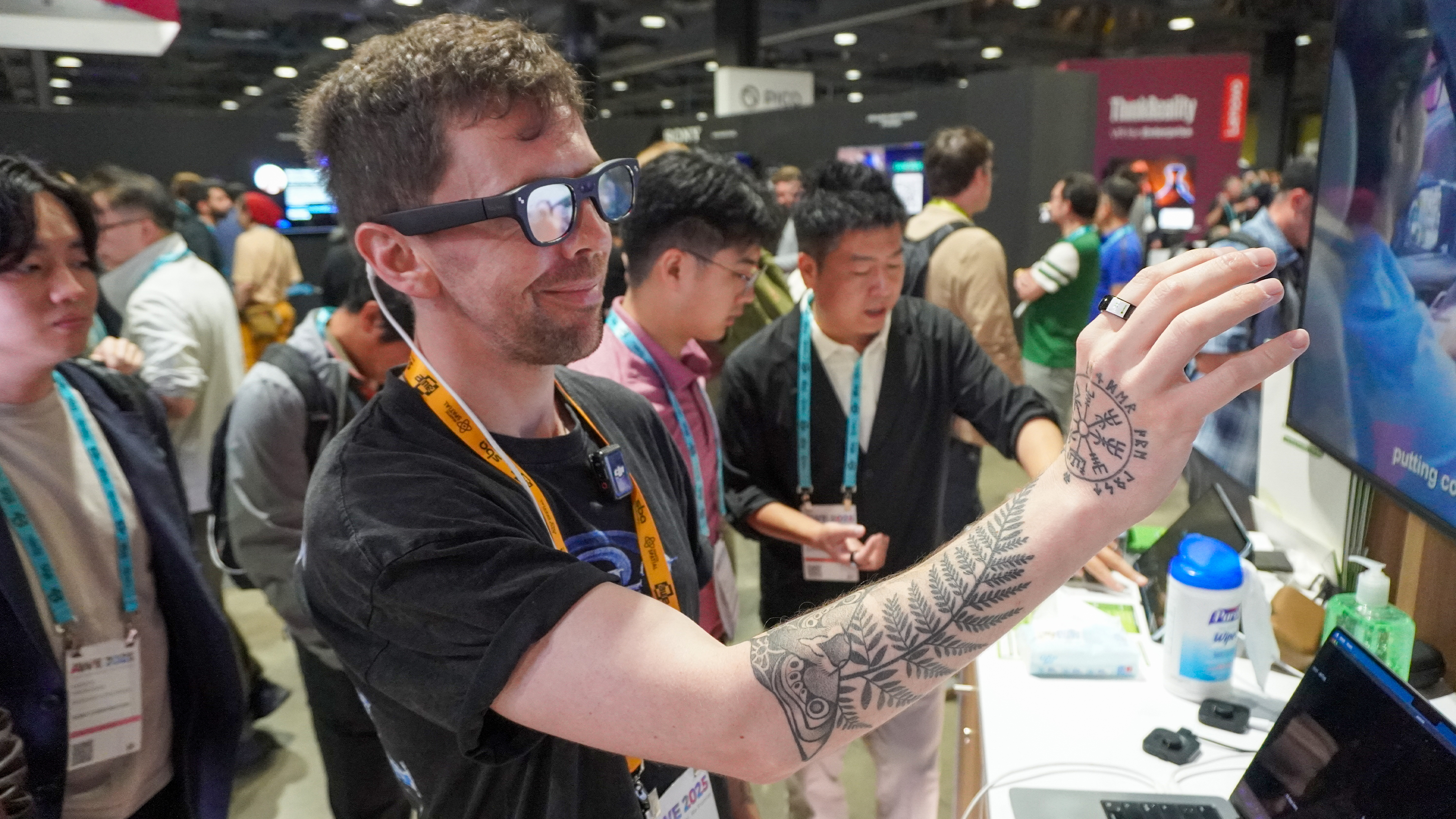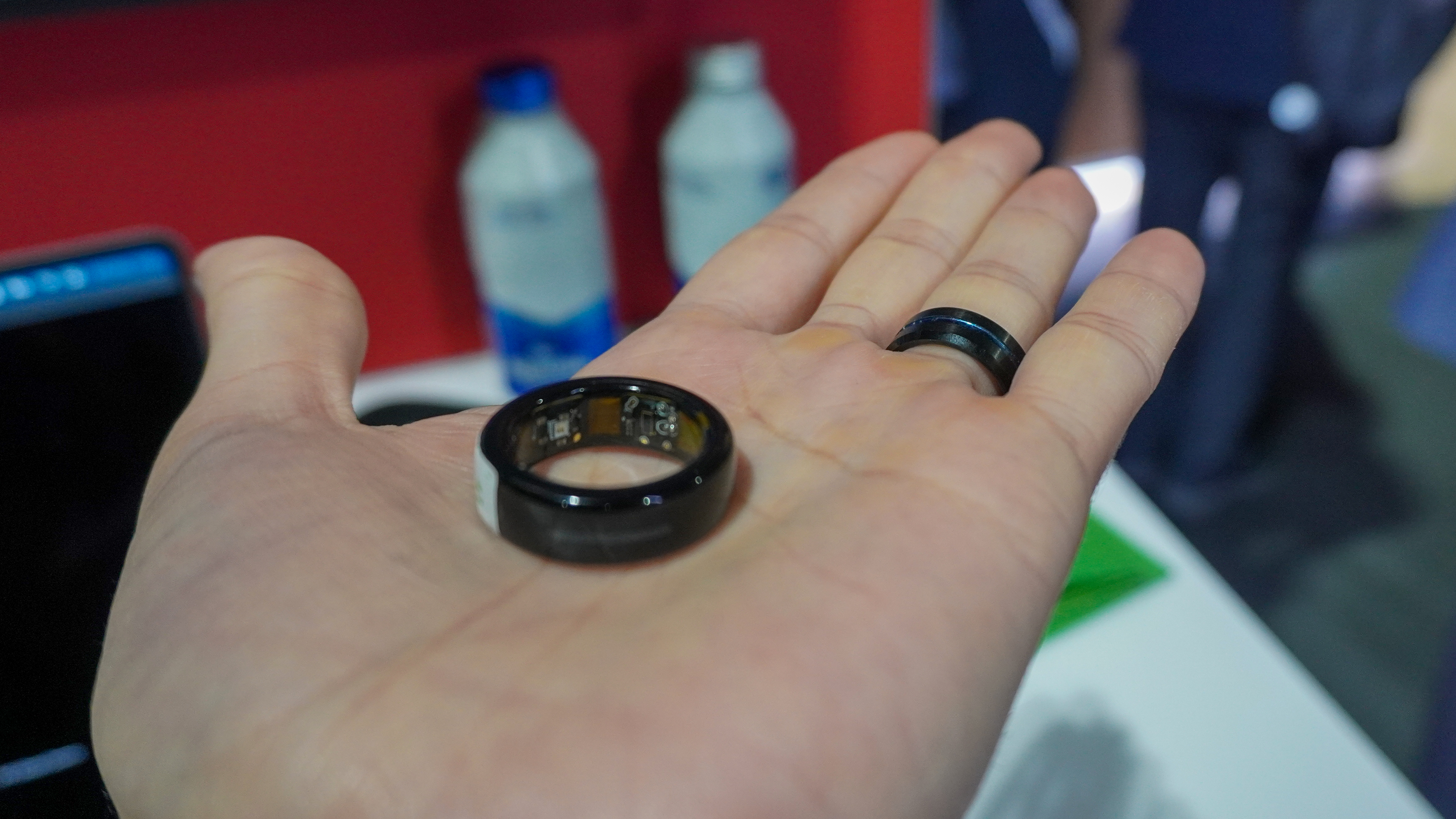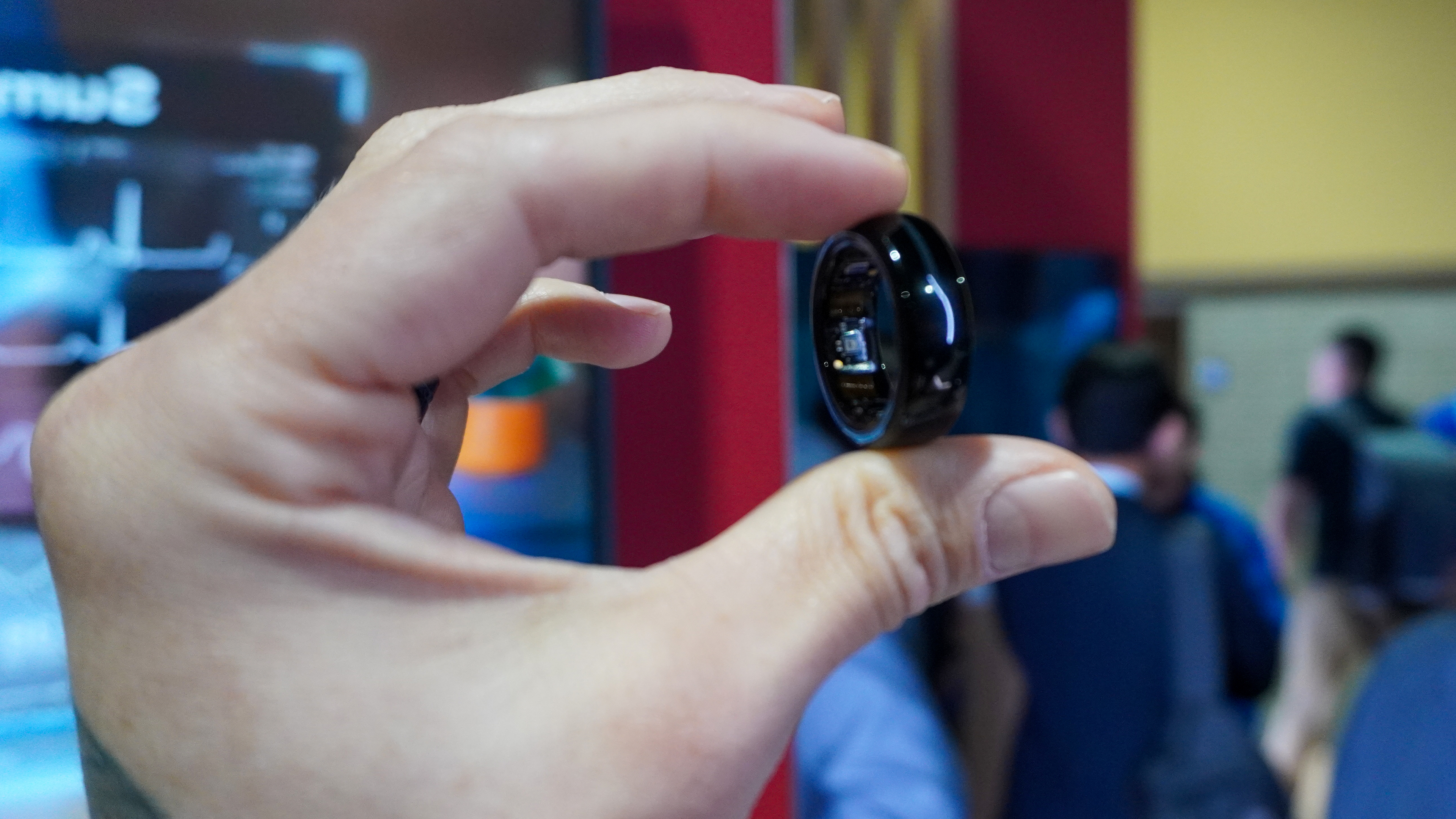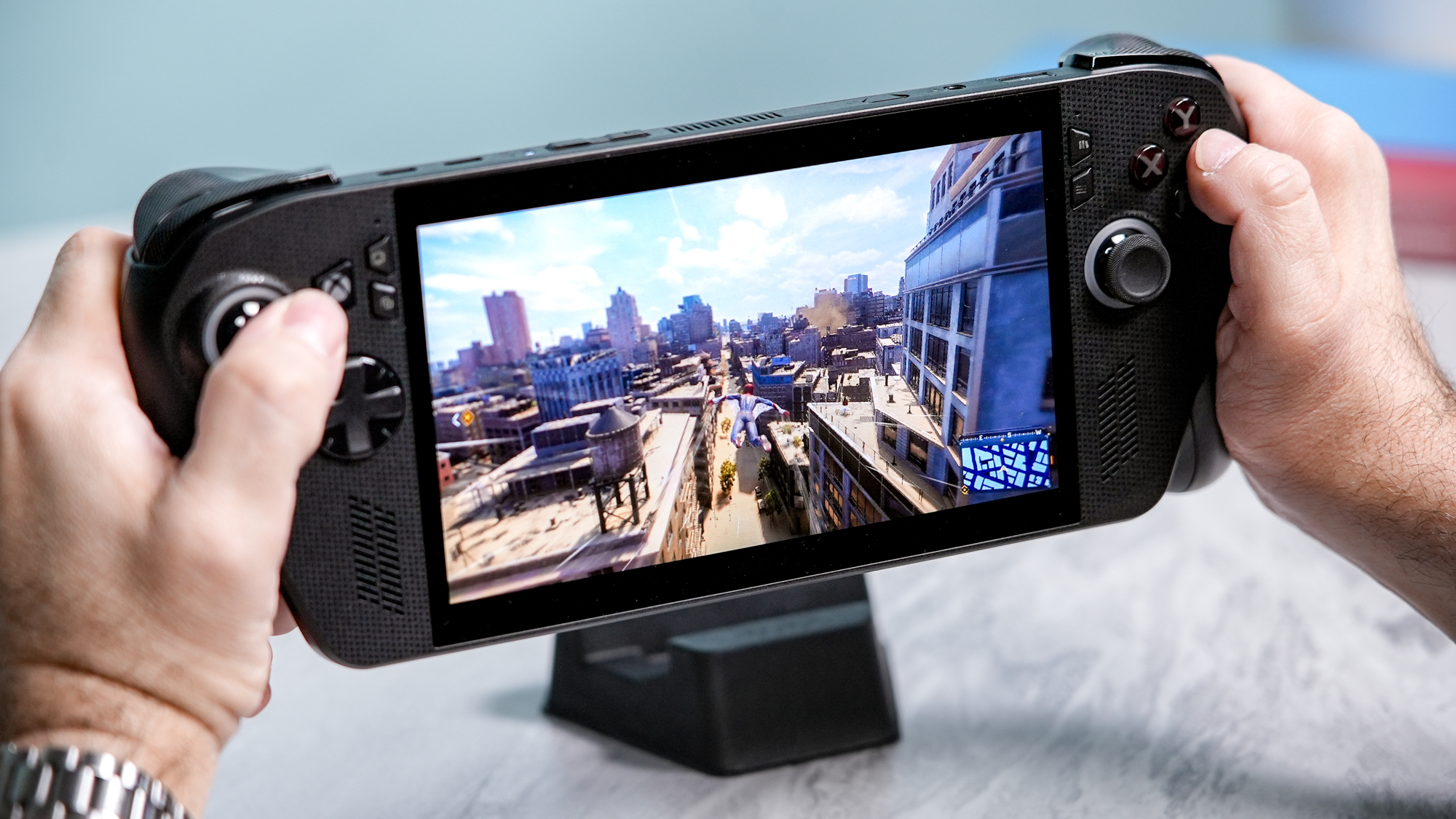I just tested a smart ring that can control your AR glasses — and this is what wearables have been missing
The missing link between wearables and smart glasses

Alongside Snapdragon AR1+ powering the future of smart glasses, Qualcomm also announced a new way to control your AR specs.
The KiWear Smart Ring is packed with sensors and haptic feedback to control your glasses like you’re guest starring in The Minority Report. After trying them myself, I believe this is what this category has been missing all this time!
Of course, this is all early days, but from being a simple AR controller to a full-blown XR-fueled health tracker, all bases are covered in what can be a more reliable way to get your devices out of the way — staying in the augmented world.
How does it work?

Formally announced at Augmented World Expo 2025 (AWE), the KiWear Smart Ring packs a lot of tech into a small device:
- PPG Sensor: Not just for health tracking options like heart rate and blood oxygen, but also to detect the way your finger moves to tap and interact with augmented objects.
- Inertial Measurement Unit: A combination of gyroscopes and accelerometers to detect hand movement for additional hand-centric interactions.
- Micro Motor: Haptic feedback for interactions.
- Touch Pad: The surface can be touched, scrolled and tapped too!
There’s even a microphone in there for whisper input, too. All of these on their own are pretty good, but it’s what happens when all of these come together.
Taps, swipes and concentric circles

The demo I tried was quite a simple one. Connected to the RayNeo X3 Pro, I had a simple home menu with apps to select — each with their own individual style of control.
For example, the music app gave you a simple pinch to pause/play, while turning your palm upwards and pinching skipped the track. Meanwhile, changing volume is as easy as swirling your ring finger in a clockwise or counterclockwise direction. And to select another app from the home screen, you rotated the ring on your finger.
Get instant access to breaking news, the hottest reviews, great deals and helpful tips.
The interactions were super intuitive and a cinch to immediately get used to, and these are just the start of what you’ll be able to do.
The omnidirectional gesture control of the whole thing means the ring doesn’t have to be any particular orientation on your finger, and combining it with that IMU means you could reach out and tap icons — even while you’re driving!
Outlook
When it comes to controlling AR glasses, the answer has been so complex on paper — taking the complex sensor array you see on the best VR headsets and trying to squeeze them onto glasses.
More companies are figuring out how to do this with AI algorithms and a couple cameras, but the reliability is a bit all over the place. Both of these come with big compromises, which is why a smart ring like the KiWear makes so much sense to me.
If the company can work on reducing the size of the KiWear, we could very well be looking at the future of how we control smart specs!
More from Tom's Guide
- Forget Apple Vision Pro — visionOS 26 sets the stage for killer smart glasses
- Snap finally launching AR glasses to the public in 2026 - with built in OpenAI integration
- Ray-Ban Meta smart glasses just got a huge price cut — save 20% ahead of Father's Day

Jason brings a decade of tech and gaming journalism experience to his role as a Managing Editor of Computing at Tom's Guide. He has previously written for Laptop Mag, Tom's Hardware, Kotaku, Stuff and BBC Science Focus. In his spare time, you'll find Jason looking for good dogs to pet or thinking about eating pizza if he isn't already.
You must confirm your public display name before commenting
Please logout and then login again, you will then be prompted to enter your display name.
